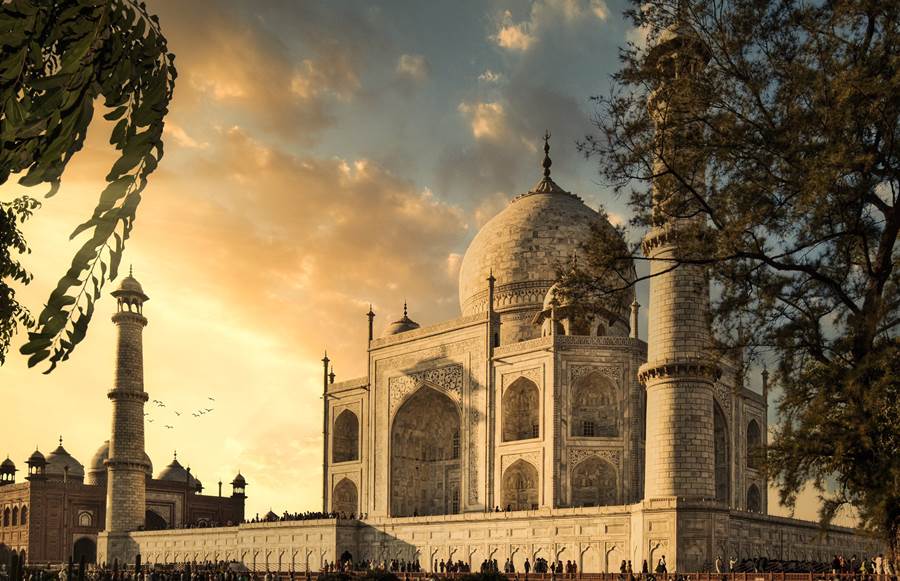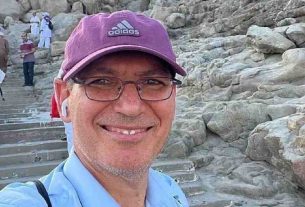Fri 13 May 2022:
The Allahabad High Court on Thursday rejected the petition seeking an inquiry into the “history” of Taj Mahal. The court dismissed the petition which asked for opening of the doors of its 22 rooms to see “the truth, whatever it is.”
“The issues lie outside court and should be done by various methodology and should be left with the historians,” the court said.
The plea was filed by Rajneesh Singh, a BJP youth media in-charge, before the Lucknow Bench of Allahabad High Court that sought the directions to the Archaeological Survey of India to probe the 22 closed doors in the Taj Mahal to ascertain the presence of the idols of Hindu deities.
The petitioner had said that false history about the Taj Mahal was being taught, and hence the doors should be opened to ascertain the truth.
The court said that such debates are meant for the drawing room and not the court of law.
The Mughal-era monument is protected by the Archaeological Survey of India.
The claims that the Taj Mahal is a Hindu temple have emerged since Indian writer P.N. Oak published his book, Taj Mahal: The True Story, in 1989. In his book Oak claimed that it was built as a Hindu structure in the 12th century, long before the Mughals invaded India, and used to be known as Tejo Mahalaya or, the Palace of Lord Shiva.
Hindutva – Hindu nationalist – groups claim Shah Jahan converted Tejo Mahalaya to Taj Mahal in the 17th century, the way the Mughal rulers destroyed Hindu temples and converted many of them into mosques.
Hindu groups demand that ownership of the Taj Mahal be transferred to Hindus and say they would use it for their own religious services.
To erase Muslim parts of Indian heritage
The conspiracy theory that the Taj Mahal used to be a Shiva temple is about as reasonable as the proposals that the earth is flat and the moon made of cheese, said associate professor of South Asian history at Rutgers University, Audrey Truschke.
“The construction and sponsorship of the Taj Mahal, by a Mughal king, are quite well-documented from historical sources in the seventeenth century. It is easily the most magnificent in a series of Mughal mausoleums across northern parts of South Asia,” Truschke said.
“So far as I can discern, there is not a coherent theory about the Taj Mahal at play here so much as a frenzied and fragile nationalist pride that does not allow anything non-Hindu to be Indian and demands to erase Muslim parts of Indian heritage.”
Hindutva iconoclasm should be called out for what it is as these ideologues attempt to falsify and destroy critical parts of Indian heritage, she said.
The Taj Mahal was built by the Mughal emperor Shah Jahan as the tomb of his wife Mumtaz. The constriction of the marble monument began in 1632 and took 22 years to finally be completed in 1653.
The architectural magnum opus was named a UNESCO World Heritage Site in 1982.
SOURCE: INDEPENDENT PRESS AND NEWS AGENCIES
___________________________________________________________________________________________________________________________________________
FOLLOW INDEPENDENT PRESS:
TWITTER (CLICK HERE)
https://twitter.com/IpIndependent
FACEBOOK (CLICK HERE)
https://web.facebook.com/ipindependent
Think your friends would be interested? Share this story!





